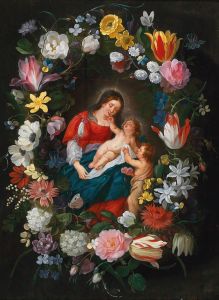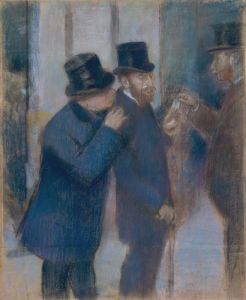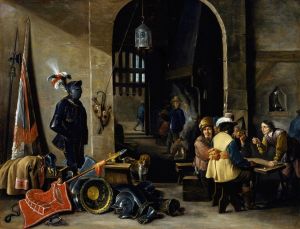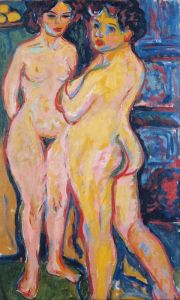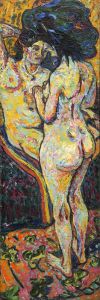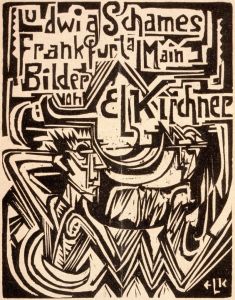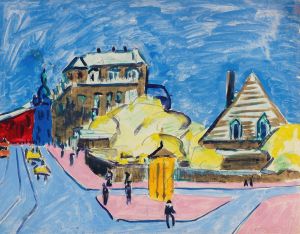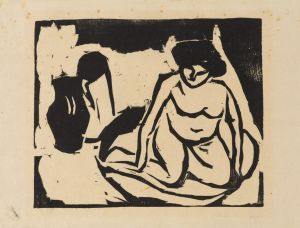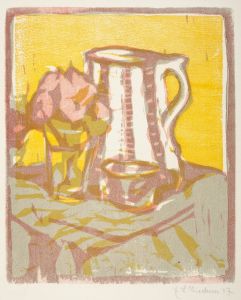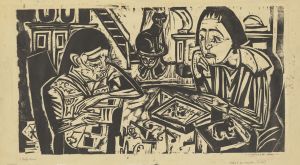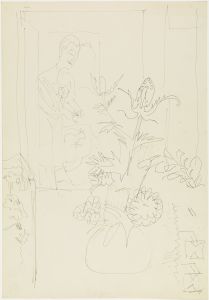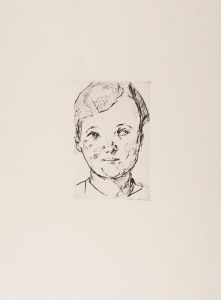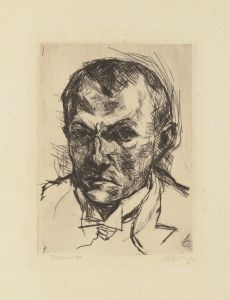
At the Table
A hand-painted replica of Ernst Ludwig Kirchner’s masterpiece At the Table, meticulously crafted by professional artists to capture the true essence of the original. Each piece is created with museum-quality canvas and rare mineral pigments, carefully painted by experienced artists with delicate brushstrokes and rich, layered colors to perfectly recreate the texture of the original artwork. Unlike machine-printed reproductions, this hand-painted version brings the painting to life, infused with the artist’s emotions and skill in every stroke. Whether for personal collection or home decoration, it instantly elevates the artistic atmosphere of any space.
Ernst Ludwig Kirchner (1880–1938) was a German expressionist painter and one of the founding members of the art movement Die Brücke (The Bridge), which played a pivotal role in the development of modern art in the early 20th century. Among his many works, At the Table is a notable painting that reflects his distinctive style and thematic focus.
At the Table exemplifies Kirchner's characteristic use of bold colors, dynamic compositions, and expressive forms. The painting captures an interior scene where figures are gathered around a table, a common motif in Kirchner's work that often explores themes of social interaction and modern life. The figures are rendered with elongated forms and angular features, emphasizing emotional intensity over naturalistic representation. This approach aligns with the broader goals of the expressionist movement, which sought to convey subjective experiences and emotions rather than objective reality.
The painting also demonstrates Kirchner's interest in the interplay between people and their environments. The setting is intimate, yet the distorted perspectives and vibrant palette create a sense of tension and unease. This reflects the artist's preoccupation with the complexities of human relationships and the alienation often associated with urban life during the early 20th century.
Kirchner's work, including At the Table, was deeply influenced by his experiences in Dresden and later Berlin, where he was exposed to the rapid modernization and cultural shifts of the time. His art often depicted scenes of city life, cabarets, and gatherings, capturing the energy and dissonance of modern society. The painting's style also shows the influence of non-Western art, particularly African and Oceanic art, which Kirchner and other members of Die Brücke admired for its perceived authenticity and emotional directness.
While the exact date of creation for At the Table is not specified in available records, it is consistent with Kirchner's work during the height of his career in the 1910s and 1920s. During this period, he produced many works that explored similar themes and stylistic elements.
Today, Kirchner is recognized as one of the most important figures in German expressionism. His works, including At the Table, are held in high regard and are featured in major art collections and exhibitions worldwide. They continue to be studied for their innovative approach to form, color, and emotion, as well as their reflection of the social and cultural dynamics of their time.
This description is based on available historical information about Ernst Ludwig Kirchner and his body of work. Specific details about the provenance or current location of At the Table are not provided in accessible sources.





